Dogs, much like humans, have their own unique ways of communicating.
However, their methods are distinctly different, relying on facial expressions, body language, and other subtle cues.
By learning to interpret these signals, pet owners can greatly enhance their bond with their furry friends, ensuring both happiness and wellbeing.
This guide delves into the top nine ways dogs communicate with their human companions.
1. The Power of Eye Contact in Dog Communication

Eye contact is a fundamental aspect of how dogs communicate.
A steady gaze from your canine pal signifies trust and affection, akin to a silent expression of love.
Conversely, a dog that avoids eye contact might be signaling discomfort, fear, or guilt over a misdeed.
2. Tongue Flicking: More Than Just a Gesture
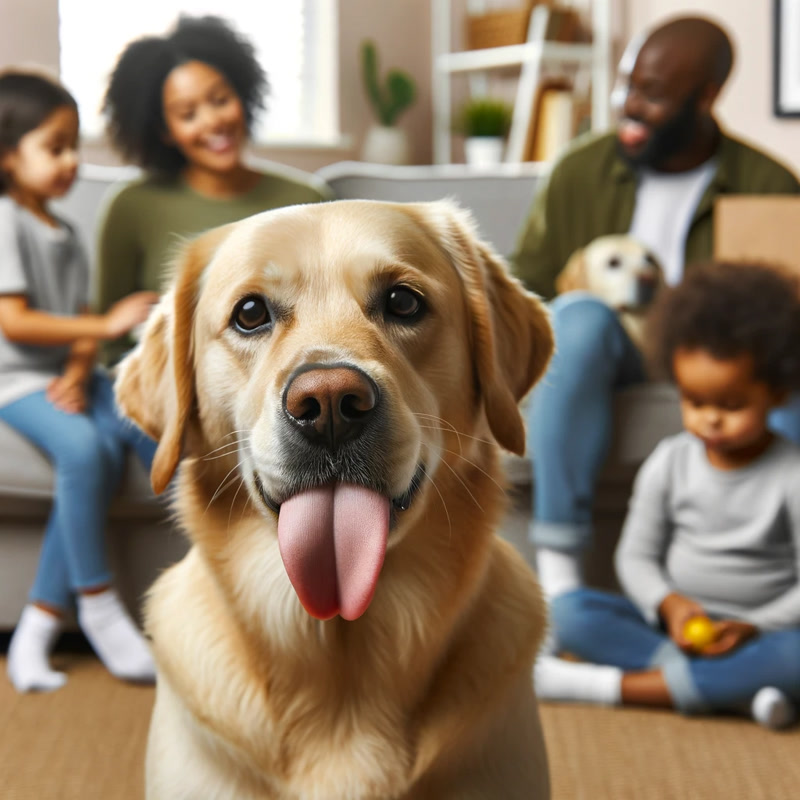
Dogs often use tongue flicking as a sign of anxiety or a desire to appease.
This action isn’t an admission of guilt or an indication of understanding wrongdoing, but rather a response to their owner’s body language and emotions.
3. Tail Posture: A Dog’s Emotional Barometer
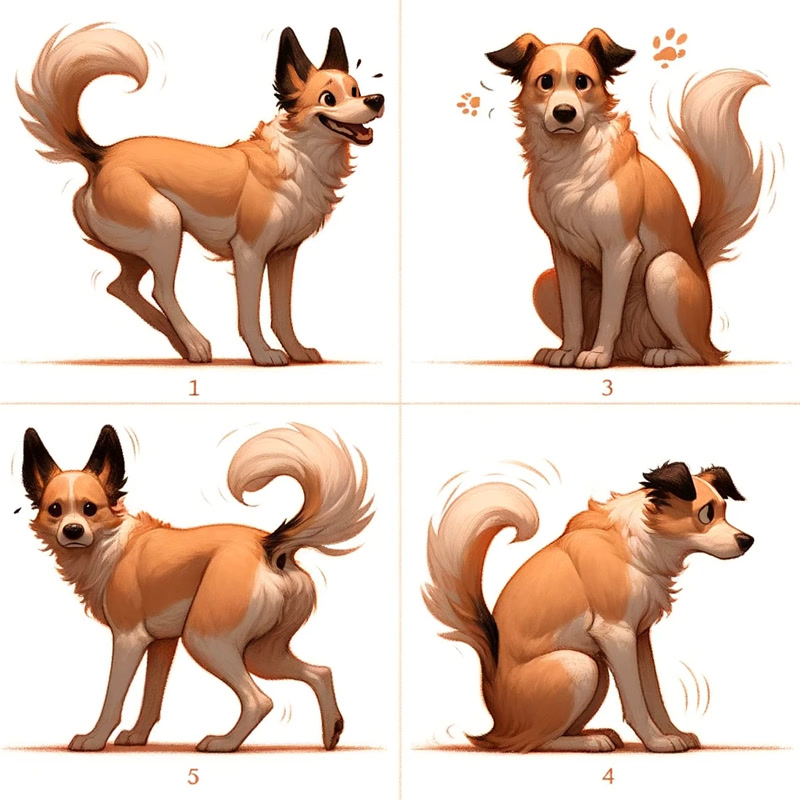
Tail movements are among the most recognizable dog communication forms.
A dog’s tail can convey a wide array of emotions – from the happiness indicated by a wagging tail to the caution of a slow wag, and from alertness (tail held high) to fear (tucked tail).
4. Sneezing and Yawning: Unusual Communication Tools
Dogs also communicate through sneezing and yawning, especially in uncomfortable or stressful situations.
This behavior mirrors human reactions in similar circumstances. However, it’s important to discern misplaced yawns or sneezes, particularly in unfamiliar settings.
5. Play Bowing: An Invitation to Fun

The play bow, where a dog stretches with front legs on the ground and hindquarters in the air, is an unmistakable invitation to play.
Engaging in a play bow in response can significantly strengthen your bond with your pet.
6. Belly Exposure: A Sign of Trust and Submission
When a dog exposes its belly, it’s a gesture of appeasement and trust, often accompanied by a desire for a belly rub.
This posture also serves as a form of communication among dogs, indicating passive resistance or submission.
7. Freezing: A Signal for Space
A dog that suddenly freezes, whether while chewing a bone or in the midst of an activity, is displaying a clear sign of uncertainty.
It’s important for owners to respect this signal and provide their dogs with the space they need.
8. Raising a Paw: Seeking Attention
Dogs often raise a paw or touch their owners to seek attention.
This behavior is particularly common in puppies, who may paw at the air to communicate this need.
9. Leaning Against You: Canine Cuddles
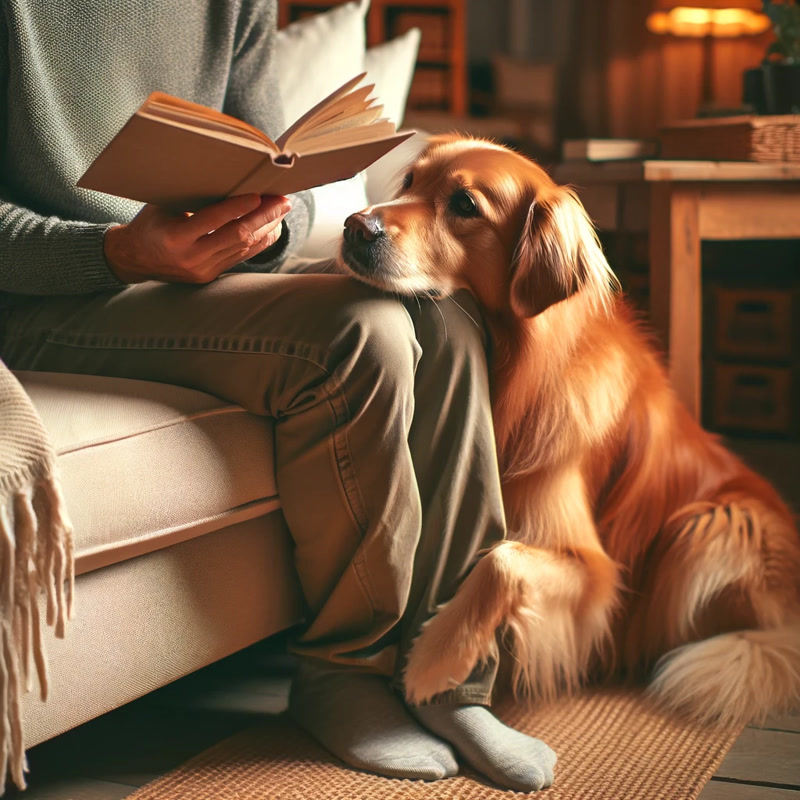
Leaning against their human is a dog’s way of cuddling, offering the closest alternative to a hug.
This behavior is a sign of affection and a desire for closeness with their favorite person.
In summary, understanding these nine key communication methods can greatly enhance the relationship between dogs and their owners, leading to a more harmonious and joyful coexistence.

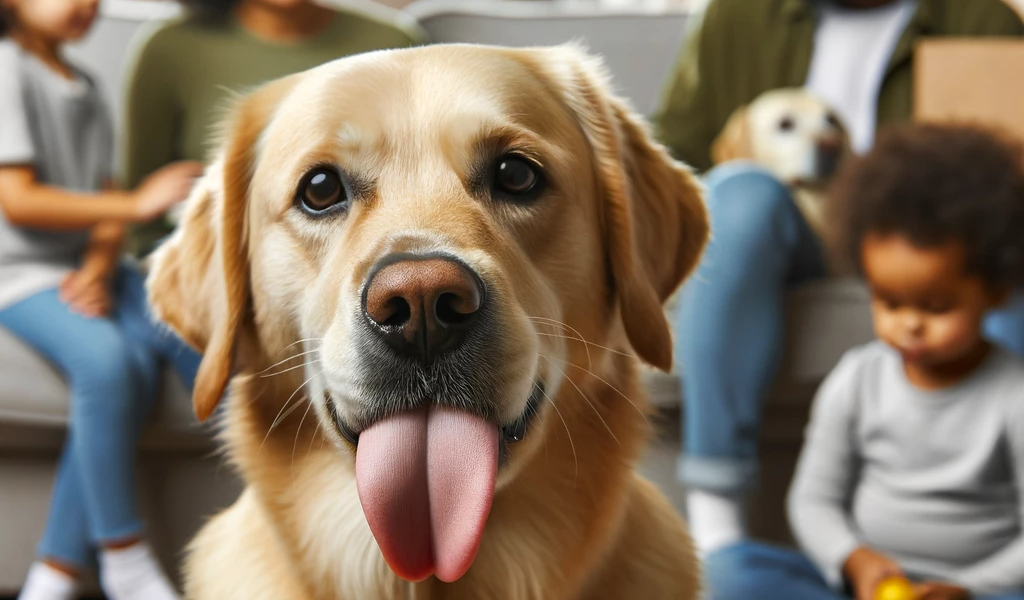

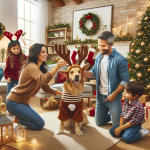



No Comments